There are many reasons why birds disappear — and why they return. The avocet, however, is probably the only one that owes its resurgence to the Nazis.
After a 100-year hiatus in Britain, this elegant black and white wader reappeared after the second world war. Four pairs were found in Minsmere nature reserve and another four in Havergate Island, both along the Suffolk coast. These areas had been flooded to prevent a German invasion, making them ideal nesting grounds. The avocet had taken flight from parts of Holland damaged by the Nazis, travelling 100 miles or so here across the North Sea.
Amid headlines about the Cold War and the H-bomb, the news of returning avocets was greeted with much fanfare. In February 1948, the Daily Mail reported: ‘In a suite of old-fashioned offices… a group of men are anxiously waiting to hear of an air invasion of Britain. The news will come to them from watchers along the East Anglian coast, who are keeping as alert a look-out as they did in 1940 for the Germans. But this time, instead of looking for aircraft with black markings, they are hoping to see streamlined Recurvirostra avosetta, which have white, as well as black, markings. Unlike the Luftwaffe, these invaders will be most welcome.’
More than 70 years on, the Royal Society for the Protection of Birds last month reported in excess of 400 avocets on the Minsmere reserve. It is a remarkable achievement — the arrival of 58 chicks was widely celebrated at the same site just six years ago. But the journey here has not been a smooth one.
After the avocets were discovered in 1947, the RSPB leased 1,500 acres of land from the Ogilvie family, who built the quirky nearby village of Thorpeness as a place for their friends and family to stay during the summer. At first, the avocets did not breed because reedbeds grew and expanded into areas that would have made potential nesting sites. So the warden of Minsmere, Bert Axell, took up the cause. Despite opposition from what he saw as the bureaucrats at the RSPB (who later adopted the avocet as their corporate logo), he decided to create a wetland area called a ‘scrape’: a large body of water dotted with islands and shrubs to encourage nesting waders and gulls.
It took until 1963, though, for the avocets to begin breeding again. The typical pair lays two eggs a year, and as the population grew it expanded into other areas of the country.
There have been blips along the way. When BBC’s Springwatch broadcast from Minsmere in 2014, their cameras recorded a badger getting through the fence to the scrape, swimming to the islands and devouring most of the eggs in nests there. A reinforced fence was put up and has helped the breeding pairs go from strength to strength.
Today, visitors to Minsmere would be hard pressed not to see an avocet during the summer, and nationally they are no longer listed as endangered. But there are fears of a new danger to their continued success — the proposed Sizewell C nuclear power station. The ten-year construction of the plant will involve major disruption to water levels in the area, threatening a huge range of wildlife. So, despite avocets’ recent triumphs, the future may not be so black and white for these beautiful monochrome birds.
Got something to add? Join the discussion and comment below.
Get 10 issues for just $10
Subscribe to The Spectator Australia today for the next 10 magazine issues, plus full online access, for just $10.
You might disagree with half of it, but you’ll enjoy reading all of it. Try your first month for free, then just $2 a week for the remainder of your first year.

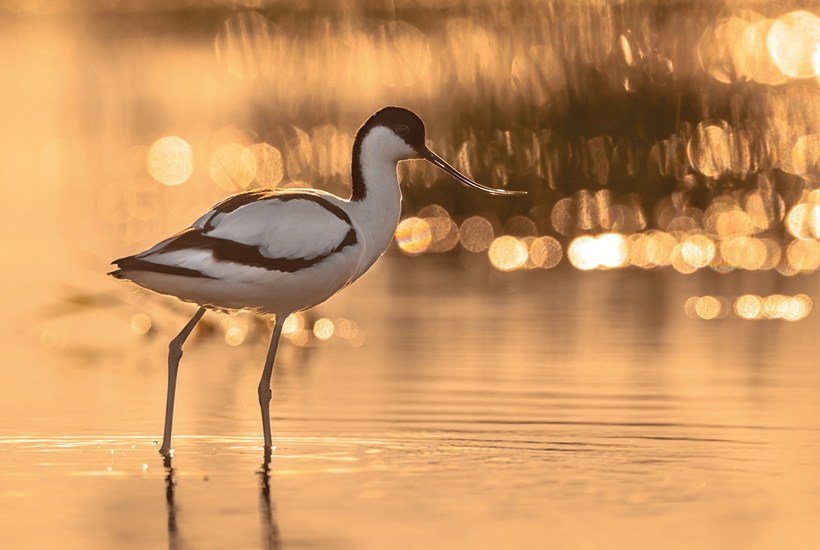
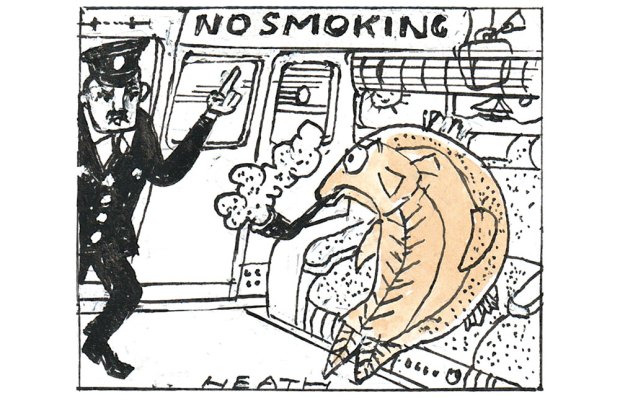
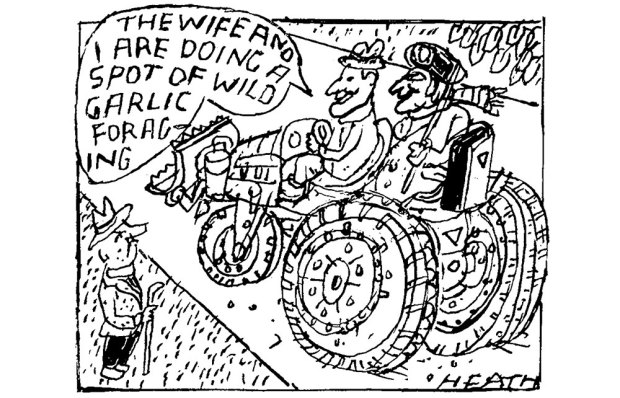
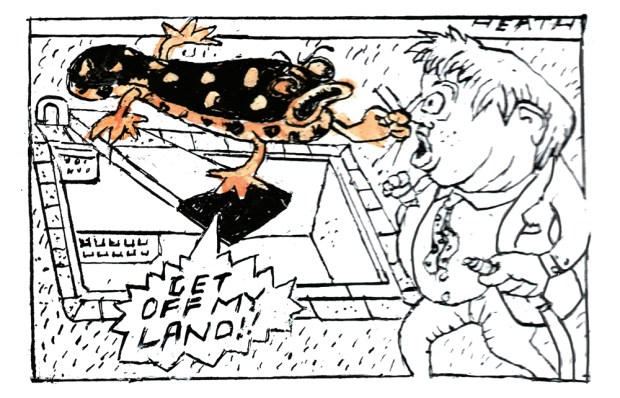
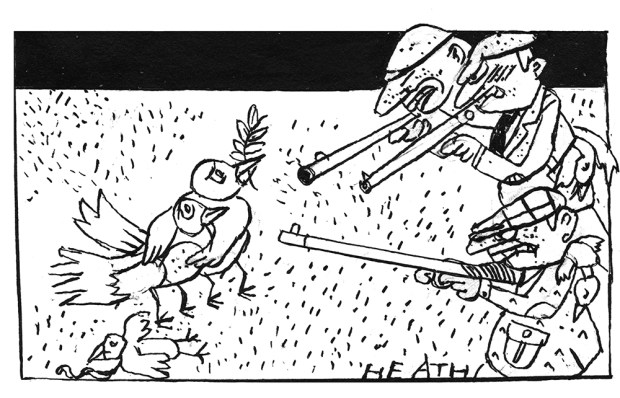
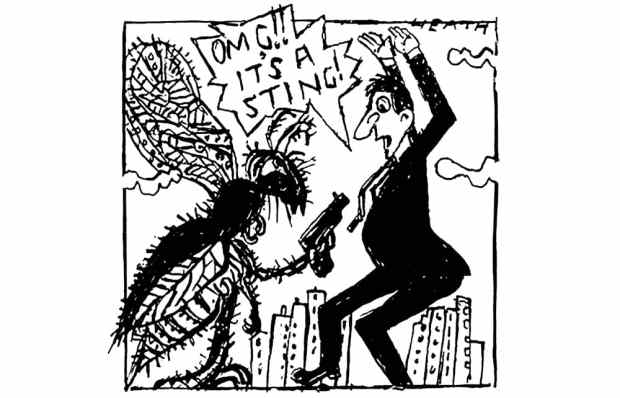
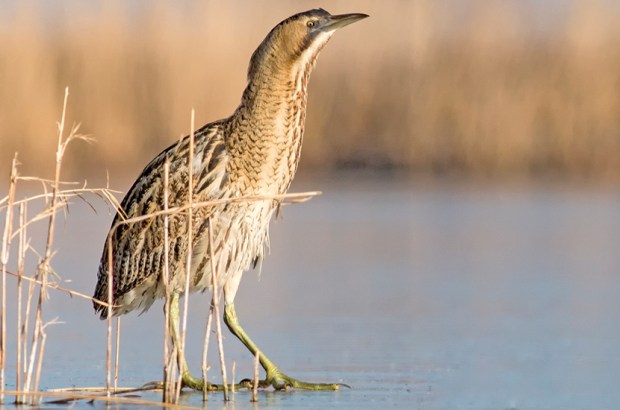






Comments
Don't miss out
Join the conversation with other Spectator Australia readers. Subscribe to leave a comment.
SUBSCRIBEAlready a subscriber? Log in